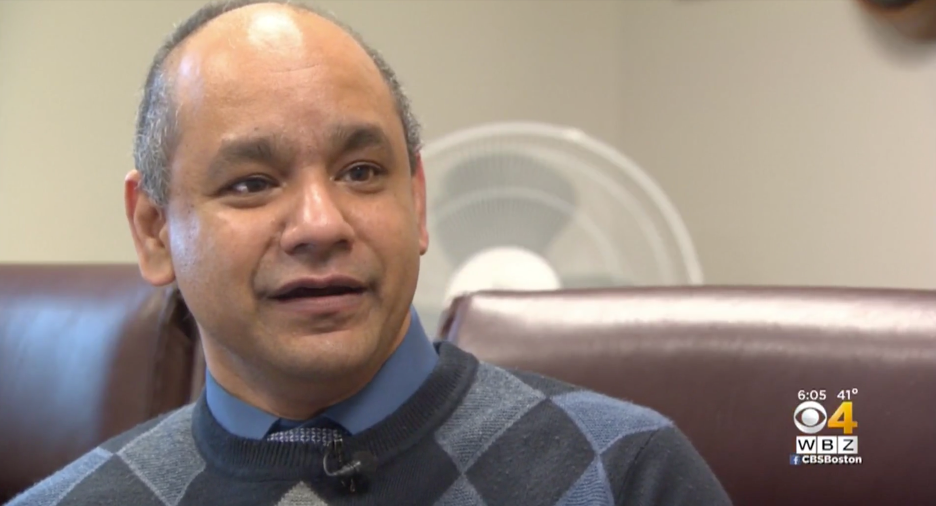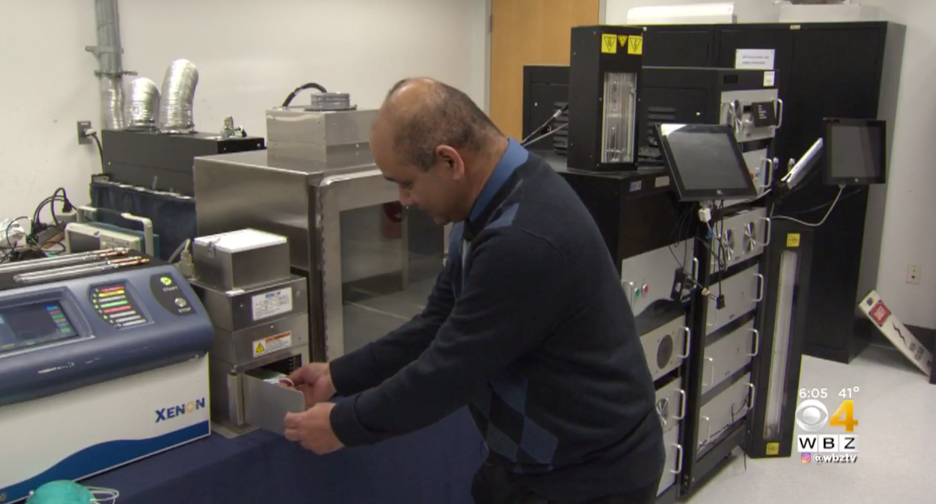If you’ve ever wondered how Pulsed Light can do things like sterilize equipment and kill the novel coronavirus, the answer was summed up recently by XENON’s VP of Operations and lead scientist, Dr. Saad Ahmed, when interviewed by a Boston TV station.
As he put it, “Pulsed Light is the energy of a thousand suns aimed at a single spot.” (You can see the video clip here.)

Saad Ahmed, XENON’s VP of Operations
That’s a striking statement, and I wondered if it could really be true. To find out, I talked with Dr. Ahmed by phone recently, and his explanations were so clear and easy to understand that I wanted to share them in this blog.
Here is a portion of my interview with Dr. Ahmed, in which he explains Pulsed Light in everyday language. I hope you find it as helpful as I did!
Is Pulsed Light really the energy of a thousand suns?
“Yes, compared to the sunlight that reaches us here on Earth. If you were to go out on a very sunny day and take a reading of the energy coming down from the sun on a small area, you would see that it’s only a few watts of power, while the power we create with our Pulsed Light systems is measured in megawatts. It’s a huge difference, thousands of times greater.”
With so much energy involved, why doesn’t it melt or burn the target?
“Think of your oven at home. If you turn on a burner to the highest setting, and you put your hand on it, it won’t be favorable to your hand! But if you touch the hot burner fast enough, it won’t hurt. That’s because your dwell time in the hot zone is so brief, heat doesn’t have time to propagate. It’s the same thing that happens when you pass your hand through a candle flame very quickly. It doesn’t burn, because there isn’t time for the heat to build up. Heat takes time to develop.”

Saad Ahmed inserting N95 mask into chamber for sterilization testing.
So, if the heat is not transferred, how does Pulsed Light work? How does it cure ink or kill a virus?
“Even though there’s little or no heat being created, there is a lot of energy being delivered. Now, that energy is only there for an instant, but many things can be done instantly with enough energy. You can create or break chemical bonds, for example, or you can kill pathogens like the novel coronavirus. Technically, we say these things are peak-energy dependent, instead of time-dependent. These peak-energy phenomena are the applications where Pulsed Light is effective.”
How are you able to create so much energy?
“Pulsed Light works by storing up energy over time, usually just a few seconds or less, and then releasing it all at once, similar to the way a cloud stores up energy and releases it in a bolt of lightning. Another analogy is a hammer and nail. You can try pushing a nail into wood with your thumb using all your strength, but the nail won’t budge. However, if you take a hammer, lift it, and drop it on the nail, you’ll drive it right into the wood. Why? Because instead of spreading the energy out over a period of time, you store up the energy when you lift the hammer, and you deliver it all at once when the hammer strikes the nail. The energy is compressed into an instant in time, and delivered to a focused area. That’s how Pulsed Light works.”
What kind of power source is needed? Can Pulsed Light run from a standard outlet?
“Yes. There are small, portable Pulsed Light wands, units that plug into a home electrical socket, and large industrial systems spanning several feet that require special power sources. The power varies, but Pulsed Light always works the same way: take as much energy as you can, store it, and release it in one go. This makes products very scalable. You can make it bigger just by adding lamps. Once you’ve figured out the exact parameters, you can scale the solution up or down to make it work.”
How do you help companies develop an application they have in mind?
“We have an extensive applications facility, including a microbiology lab, where we take the customer’s application and evaluate what combination of energy and delivery mechanism works best within their requirements. A good example is Steribin, a company that offers sterilizing systems for the plastic bins used in airport security checkpoints. Steribin had several requirements, including specific types of bins they wanted to treat, flowing through at a certain speed, and located in fairly public places. We helped them integrate Pulsed Light into their product, which is now being used in airports to protect against the spread of germs and viruses.”
Thanks to Dr. Ahmed for taking the time to share his knowledge. If you have questions about Pulsed Light, let us know. We may be able to answer them in a future blog. Send an email to marketing@xenoncorp.com.
